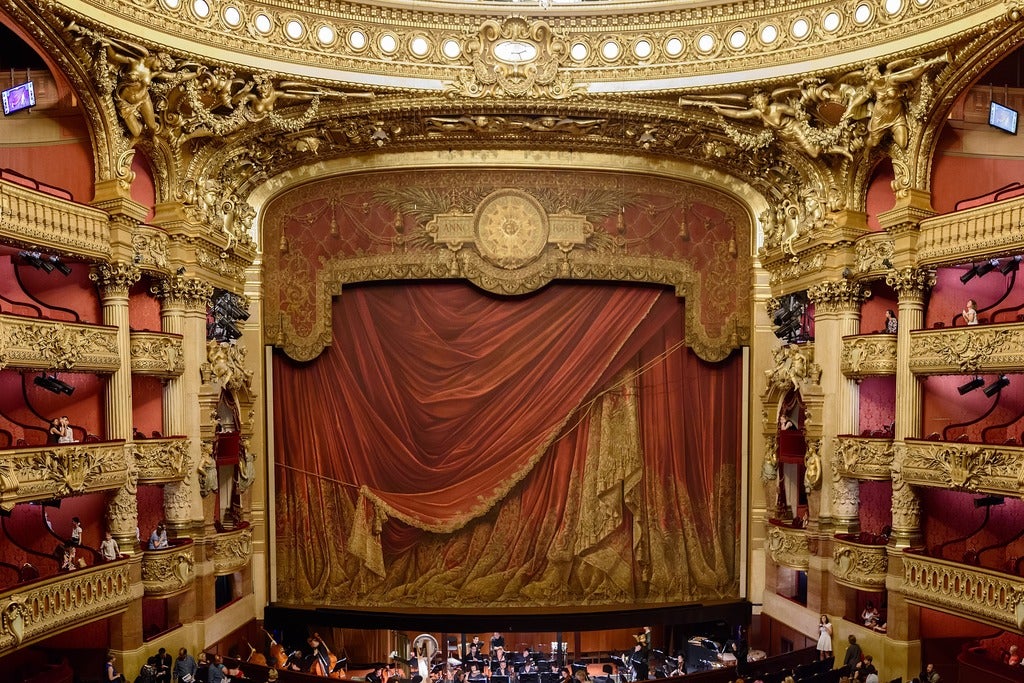For his first ballet, Swan Lake, a singularly sweet and melancholy work, composed in 1876, Tchaikovsky drew on ancient Nordic legends of young girls transformed into swans by a terrible curse. Like an echo of his own experience, in which love proved an impossible dream, the theme of destiny is prevalent throughout the score. The work remained unappreciated until Marius Petipa gave it his own choreographic interpretation in 1895. With the agreement of Lev Ivanov, he created for the female corps de ballet a display of majestic figures, thus giving birth to the myth of the swan-dancer, the ballerina par excellence! In the version imagined by Rudolf Nureyev for the Opera Ballet in 1984, Prince Siegfried acquired the psychological depth now associated with the role. A romantic and tormented figure, he flees reality and seeks refuge in an imaginary and magical world. In Nureyev’s version, the character of Rothbart becomes a manipulative and Machiavellian tutor, adding to the depth and complexity of this masterful action ballet.
Cast and Creative team for Swan Lake at Opéra national de Paris - Opéra Bastille
Rudolf Nureyev Choreography and staging (Opéra national de Paris, 1984) after Marius Petipa and Lev Ivanov
Ezio Frigerio Sets
Franca Squarciapino Costumes
Vinicio Cheli Lighting
Étoiles, Premiers Danseurs and Corps de Ballet
Paris Opera Orchestra
Simon Hewett Conductor
Videos

|
BENCHED
Rødovre Teaterforening - Viften (3/13 - 3/13) | |

|
Kleive & Reiersrud
Flekkefjord Kirke (4/26 - 4/26) | |

|
Dödlig Duett 1931
Aspenäs Herrgård (10/4 - 11/15) | |

|
Velká muzikálová show
O2 universum (10/7 - 10/7) | |

|
AVATAR: THE LAST AIRBENDER IN CONCERT
Oslo Spektrum (3/18 - 3/18) | |

|
TRYGVE SKAUG-#alltidpåtour
Brygga Kultursal (3/14 - 3/14) | |

|
ROMEO ET JULIETTE
LA COUPOLE (4/4 - 4/4) | |
| VIEW SHOWS ADD A SHOW | ||
Recommended For You



